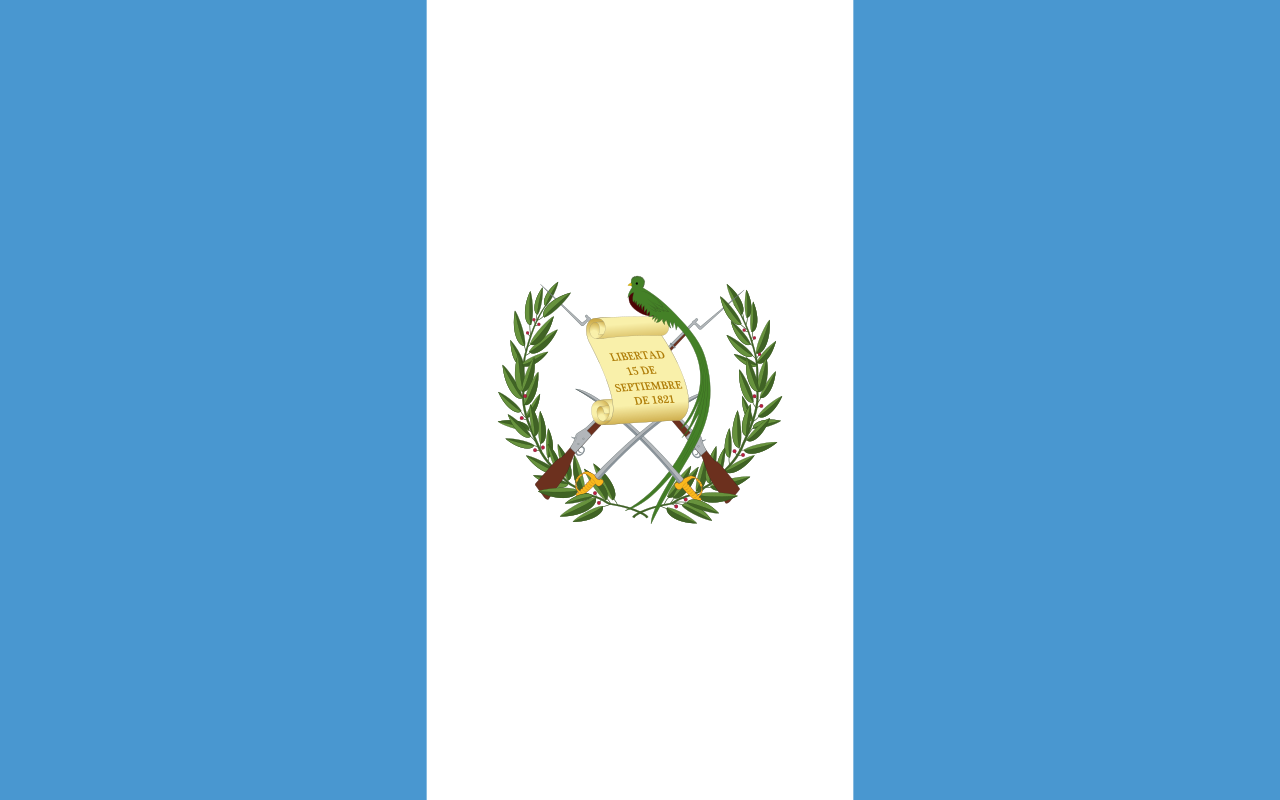Ministerial Accord 214-2024 “Creating the instance of analysis of attacks against the right of individuals, organisations, communities and authorities of indigenous peoples to defend human rights
Type of instrument: Protection Mechanism
Status (as of 31 September 2024): Ministerial Accord adopted on August 28, 2024.
Comments on the instrument: The instrument is fairly progressive, recognising multiple rights of defenders and establishing their participation in the protection mechanism. The mechanism itself has some significant limitations, chiefly the fact that it is not an autonomous entity but rather part of the Ministry of Interior, and that protective measures are not regulated in the law, as measures are not granted by the mechanism itself but rather by Police and other authorities, subject to other laws. Its effectiveness will be determined by the extent to which its faculties are interpreted and the willingness of other authorities to collaborate.
The text of the instrument has several positive aspects:
- Its preamble recognises the collective rights of indigenous peoples, it also recognises the existence of a right to defend human rights.
- Preamble also refers to the IACrtHR case “CAJAR vs Colombia” (18 October 2023) which is the first case by an international court that recognises an autonomous right to defend human rights. It also mentions Guatemala’s commitments at the UPR.
- Art. 4 adopts an expansive definition of HRD
- Art. 7 demands that invitees to the working table of the mechanism must “have the trust” of defenders
However, there are some weaknesses
Art. 9(f) indicates that there will be an annual evaluation of the progress of the mechanism, but it does not indicate whether it will be in collaboration with civil society and international organisations.
Article 15 indicates that “due to the nature of the instance it will not be necessary to assign dedicated funding”. This is not ideal as it means that funding will be contingent on the funds and the decisions of the Ministry of Interior.
Protective measures are not granted by the mechanism itself, but rather by police or judges, subject to their decisions. This limits the capabilities of the mechanism.
Background: Before this mechanism, an “Analysis Unit of attacks against HRDs” was created in 2008 through a Ministerial Accord; in April 2018, the government abruptly and unjustifiedly changed the Unit’s working methods, alienating civil society. In November of that year, the Ministry suspended all of the Units’ activities until the mandate expired in January 2020. A ‘renewed’ unit was created under on October 23, 2020, but was eliminated 5 days later with no explanation and no replacement.
In 2014, the Inter-American Court of Human Rights ordered the State to adopt an HRD protection law and mechanism
Does the instrument contain specific provisions easily used to restrict human rights defenders’ rights? No
Below is a short summary of the instrument compared to the Model Law.
For additional information and analysis by ISHR on Guatemala, click here.
Mechanism on the protection of human rights defenders established in the instrument? Yes. It is an Accord to establish a protection mechanism.
Key elements of the protection mechanism (as compared to the Model Law):
|
Provision |
Covered? |
Arts. |
|
Definition of Human Rights Defender |
FULL |
4 |
|
Cooperation with human rights defenders, civil society, and national and international human rights bodies |
FULL |
7 |
|
Training of mechanism’s personnel on HR and fundamental freedoms |
PART |
8, 10 |
|
Periodic reviews with independent experts and CSO’s on the functioning of the Mechanism |
FULL |
9(g) |
|
Resources for adequate functioning of the Mechanism / transparency on resource usage |
NONE |
15 |
|
Public acknowledgment of human rights defenders work and rights (promotion of UN Declaration) |
NONE |
|
|
Disseminate information on protection programmes for human rights defenders, Mechanism’s work |
FULL |
|
|
Development of protocols and guidelines based on best practice to protect human rights defenders |
PART |
9(b,e) |
|
Assist investigations for prosecuting offences against human rights defenders |
PART |
9(b) |
|
Granting of protective measures based off off a specific risk assessment |
PART |
9(c,d) |
|
Review / appeal of Mechanism decision before courts or independent authority |
NONE |
|
|
Confidentiality and personal data protection |
FULL |
13 |
|
Actions to achieve structural changes (annual reports on the situation of human rights defenders, advising government on laws and policies related to human rights defenders) |
FULL |
Arts.9(a,e,g,h,i) |
Click here to see the instrument.

